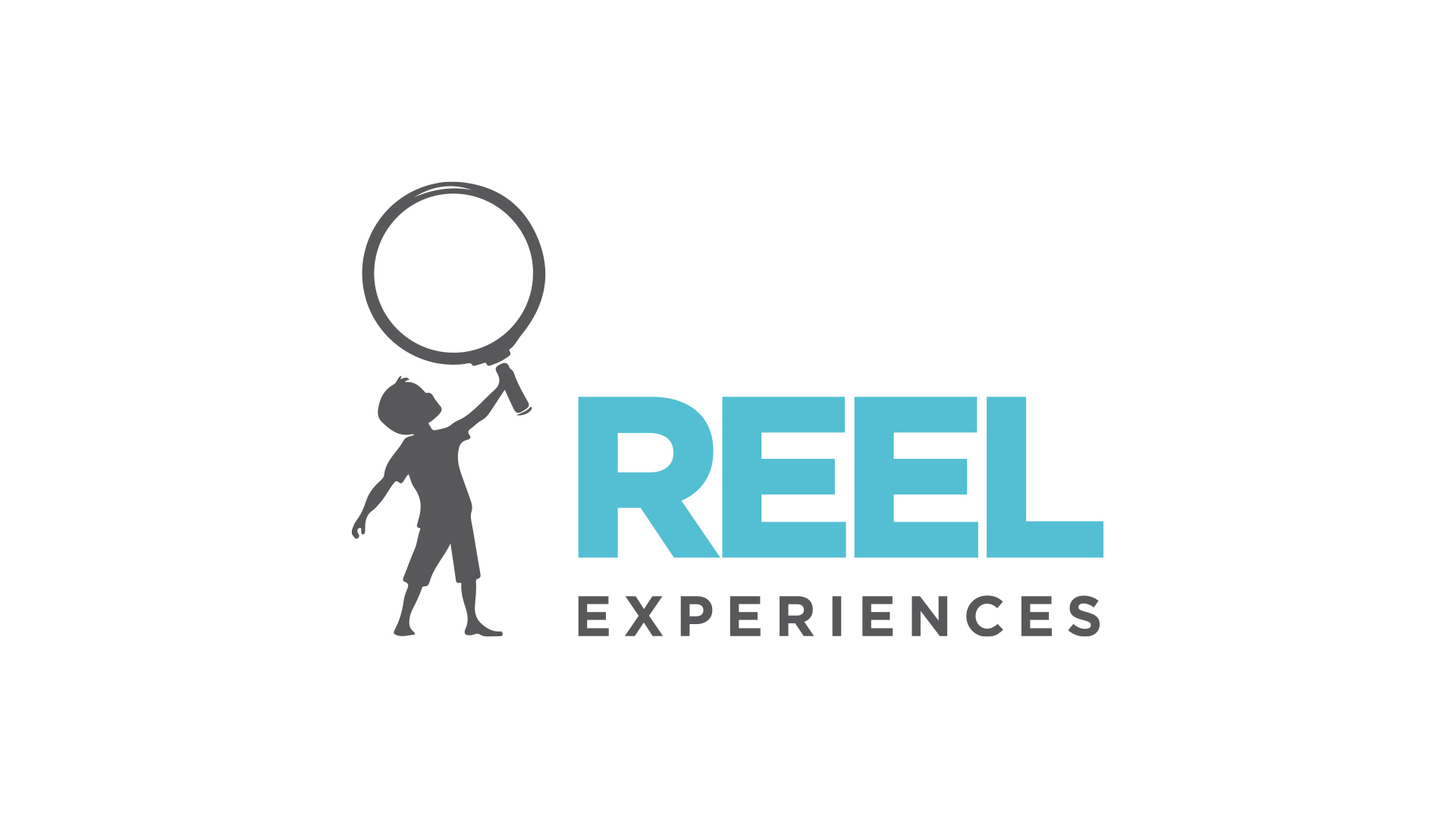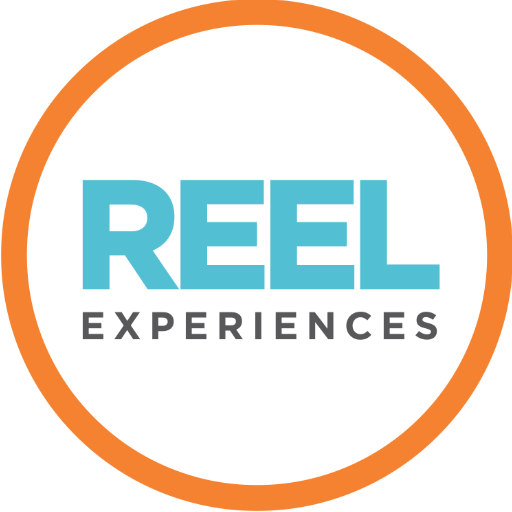By Bryan Coley
(ALERT: Spoilers)
The title card appears – “5 Years Later” … five years since Thanos’s snap that dusted half of the population of the universe. There is no Spider-Man, no Black Panther, no Dr. Strange and no Nick Fury. Cut to Captain America trying to help those who are left behind cope with their loneliness and loss, but his words ring hollow as we survey the lives of each of our beloved superheroes. Tony Stark has quit the Avengers, isolating himself in a mountain lake house to raise a family alone. After witnessing his entire family disappear before his eyes, Hawkeye has gone rogue, isolating himself from all civility as a lone assassin. And Thor…Thor has become alarmingly overweight and out of shape, not coming out of his house except to replenish his beer kegs. Black Widow helms the Avengers’ central command station alone, with the occasional team meeting of cohorts in hologram form, adding to her feeling of isolation. Yes, as AVENGERS: ENDGAME begins isolation is their newfound villain.
I started wondering if maybe we aren’t that different than this first act of ENDGAME. Recent studies are starting to show how isolated and lonely we are, especially in the workplace. In 2018, Harvard Business Review devoted an entire issue on loneliness in the workplace. Citing a “loneliness epidemic,” a former US surgeon general claimed that half of Americans say they regularly feel lonely, while 40% say they don’t have any meaningful relationships. The result of this? In society, we see an increase in suicides and mass shootings. In the workplace, Sigal Barsade and Hakan Ozcelik write for Harvard Business Review: “When social ties begin to fray among colleagues, a willingness to communicate and collaborate based on feelings of trust disintegrates. And when work depends on these relationships, entire teams and even departments can suffer. In this way, loneliness is not just about individual people; it influences the group and organization as a whole.” And finally, in his book, BACK TO HUMAN, NY Times best-selling author, Dan Schwabel, claims “the biggest issue most people are facing on a daily basis—no matter who they are, how much money they make, or how they identify—is isolation.” And this isolation is translating into workplace loneliness. “What they crave most—and what research increasingly shows to be the hallmark of the highest-performing workplace cultures—is a sense of authentic connection with others,” says Schwabel. If Schwabel loved comic books, he might say what we need is a “team up.”

In 2012, the first AVENGERS movie gave us an iconic image of the team up. The camera swooped around in 360 degree fashion, showing the characters of Iron Man, Captain America, Hulk, Thor, Hawkeye and Black Widow fighting side by side. Prior to this moment, the characters lived in isolated storylines and story worlds. But then the characters converged and formed what would be one of the most brilliant cinematic team up devices- the Marvel Cinematic Universe (aka MCU), a story universe where characters and storylines were free to intertwine. The isolated worlds of each superhero franchise opened up to any grouping. Spider-Man could team up with Iron Man. The Guardians of the Galaxy could team up with Thor. And we loved seeing their worlds collide and the bonds they formed.
Eight years after the first Avengers movie, I sat engrossed in ENDGAME, witnessing the culmination of years of adding more heroes to the MCU in a payoff like no other. Absolute hysteria came over the audience in the climax as portals opened up and superhero after superhero streamed through. The isolation and loneliness felt in the first act of the movie was wiped away as characters that were dusted were resurrected to new life. And, in that moment of watching the audience around me erupt at this most epic of team ups, I couldn’t help but think that something significant was happening…like a collective, subconscious cry from our culture for connection. And I couldn’t help but think that this movie provided a key for how we rid isolation and loneliness from our midst and come together as one. What was that key?
In story terms, a team up usually happens when one hero is not enough, and so they combine forces with another hero. On the surface, defeating the villain or solving the problem seems to be the motivating driver. However, on closer look, a team up is motivated, not by a problem to solve or villain to defeat, but by a shared desire. This shared desire, in story terms, is often called- “rescuing the princess.” For example, in AVENGERS: END GAME, a team up occurs early in the movie, and the gang makes quick work of Thanos. Thus, the movie should be over because the villain is killed/problem is solved, right? But it’s not, because all of the loved ones that have been lost (“the princess”) have not been rescued. It’s when our superheroes discover the possibility of traveling back in time to save their loved ones from being dusted that the movie shifts into gear. There’s the classic slow motion shot of all our heroes together again, walking towards the time machine with one shared desire. The team up around a shared desire is the key to moving out of isolation and towards connection, camaraderie and unity.

So how do we create a team up like the Avengers in our workplace? While it may seem like semantics, I believe the key is finding a shared desire and not a common problem. Specifically in work environments, too often we are focused on identifying problems and working together to solve them. Don’t get me wrong, there is power in the creativity and innovation that comes from a problem that needs solving. However, If you were to ask the Avengers, they would tell you that the reason they are risking their lives is to bring back their friends, not to solve a problem. Coming from a positive place of desire is motivating, rather than from a potentially negative place of identifying problems. Think of how much of our news cycle and our social media is focused on criticism, negativity and spotlighting problems. Just spend a day on Twitter and you will see how quickly people jump towards identifying a problem with something that is said or written. And the net result is more divisiveness, more echo chambers and ultimately more isolation. In contrast, think of how crowdsourcing on the internet (i.e.- GoFundMe campaigns) ignites a shared desire to be a part of creating an innovative product or helping someone financially. Desire motivates and pull us together. And, as a side note, there’s a generational component to this. Communicating a shared desire will be more motivating to Millennials and Generation Z who tend to have a more positive outlook and see the world through the lens of desire.
So what if our loneliness and isolation is solved when we find something that motivates us, collectively? What if you take the focus off of your villains to destroy and put the focus on the princesses to rescue? We might just see an Endgame to the epidemic of loneliness. We may just find that our shared desire is like a magnet, pulling us all in towards community, towards connection and towards an epic team up. So, Avengers, assemble.


